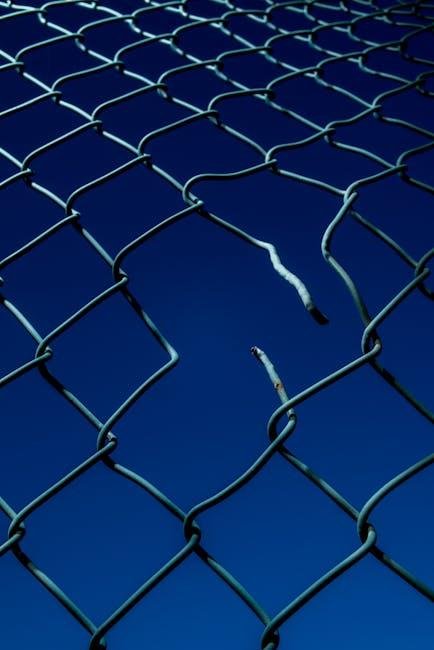💔 Why Link Rot Steals Your Equity
As sites evolve, URLs change or disappear—and with them, valuable backlinks pointing to your content. This phenomenon, known as link rot, gradually erodes your site’s SEO strength . Broken link building helps restore or reclaim this lost link juice by repositioning or replacing broken references with your valid, relevant content.

🧰 Step 1: Discover Broken Backlinks
Start by identifying where link equity has dropped off:
- Use backlink tools: Ahrefs, SEMrush, and Google Search Console can show dead inbound links .
- Check competitor broken pages: Ahrefs’ “Best by links” → filter HTTP 404 to find high-value dead pages in your niche .
- Use topic-relevant filters: In Ahrefs Content Explorer, search your niche with the “broken” filter and set referring-domain thresholds .
Compile these in a spreadsheet, prioritizing high-domain authority sources and relevant anchors.
🔍 Step 2: Audit the Broken Links List
Screen for the most promising opportunities:
- Only pursue links from authoritative and relevant sites .
- Look for pages with multiple referring domains, as replacing these offers quick wins .
- Discard low-quality or spammy prospects.
✍️ Step 3: Create or Match Content Perfectly
For each high-value broken link, either:
- Refresh existing content— update it, improve visuals, and match the missing resource .
- Build new content—ensure it’s better, more comprehensive, original, and tailored to the referrer’s audience .
This “recreate + improve” step increases your pitch’s appeal .
📞 Step 4: Outreach with Value
- Personalize your pitch: Name the site owner, reference their URL, highlight the broken link, and offer your replacement .
- Be user-first: Position it as helping them fix UX and retain link value—not just gaining your backlink .
- Follow up tactfully after around a week if no response.
Example:
Subject: Quick fix for broken link on [Page Title]
Hi [Name],
I love your [article] on [topic]. I noticed the link to [broken URL] is now returning a 404. I’ve created an updated, in-depth version here: [Your URL]. Thought you’d want to replace it for better UX.

🔁 Step 5: Capture Link Equity with Redirects (When Outreach Fails)
If outreach doesn’t work or the page is yours:
- Set up a 301 redirect from the broken URL to a relevant live page.
- Ensure the redirect aligns contextually—Google treats it like a canonical redirect and will pass equity if relevant .
- Use canonical tags on duplicate patterns (HTTP/HTTPS, trailing slash) to unify link value .
🧠 Step 6: Track Results & Iterate
Monitor your link reclamation strategy by tracking:
- Reclaimed link count, traffic changes, ranking improvements via Search Console and Analytics .
- Domain authority and backlink growth using Ahrefs or Moz .
- Use outcomes to prioritize outreach refine messaging.

🔄 Step 7: Scale and Automate
To scale:
- Use tools like Pitchbox, BuzzStream, or AI-driven platforms to automate outreach, follow-ups, and tracking .
- Batch similar broken link opportunities across multiple domains and outreach at once.
- Maintain quality control—review every email and placement manually .
🧩 Community Wisdom
SEO pros agree:
“Recreate the dead page… reach out to all sites linking to it. You already have sites likely to link back before creating the page.”
“Find broken pages by topic… content explorer + referring domains filter works great.”
“Make sure your content is valuable and user-first; outreach without substance gets ignored.”
They highlight that quality content + thoughtful outreach = conversion, even though broken link building requires effort.
📋 Final Checklist
| Step | Action Item |
|---|---|
| 1. Discover broken links | Use Ahrefs, SEMrush, GSC, competitor + topic filters |
| 2. Audit & prioritize | Focus on relevant high-DA linker domains |
| 3. Create matching content | Recreate or update existing pages with better content |
| 4. Outreach & follow-up | Personalized email highlighting helpful replacement |
| 5. Implement 301 redirects | Map broken URLs to live content (when needed) |
| 6. Unify duplicate URLs | Use canonical tags or redirects for equity consolidation |
| 7. Monitor & measure | Track reclaimed links, traffic, and ranking changes |
| 8. Scale with tools | Use outreach automation but maintain quality control |
🚀 Bottom Line
Broken link building is a powerful method to recover lost link equity and earn new backlinks—by combining savvy tool use, high-value content creation, and thoughtful outreach. While it requires effort, its long-term benefits in authority and rankings are substantial.




